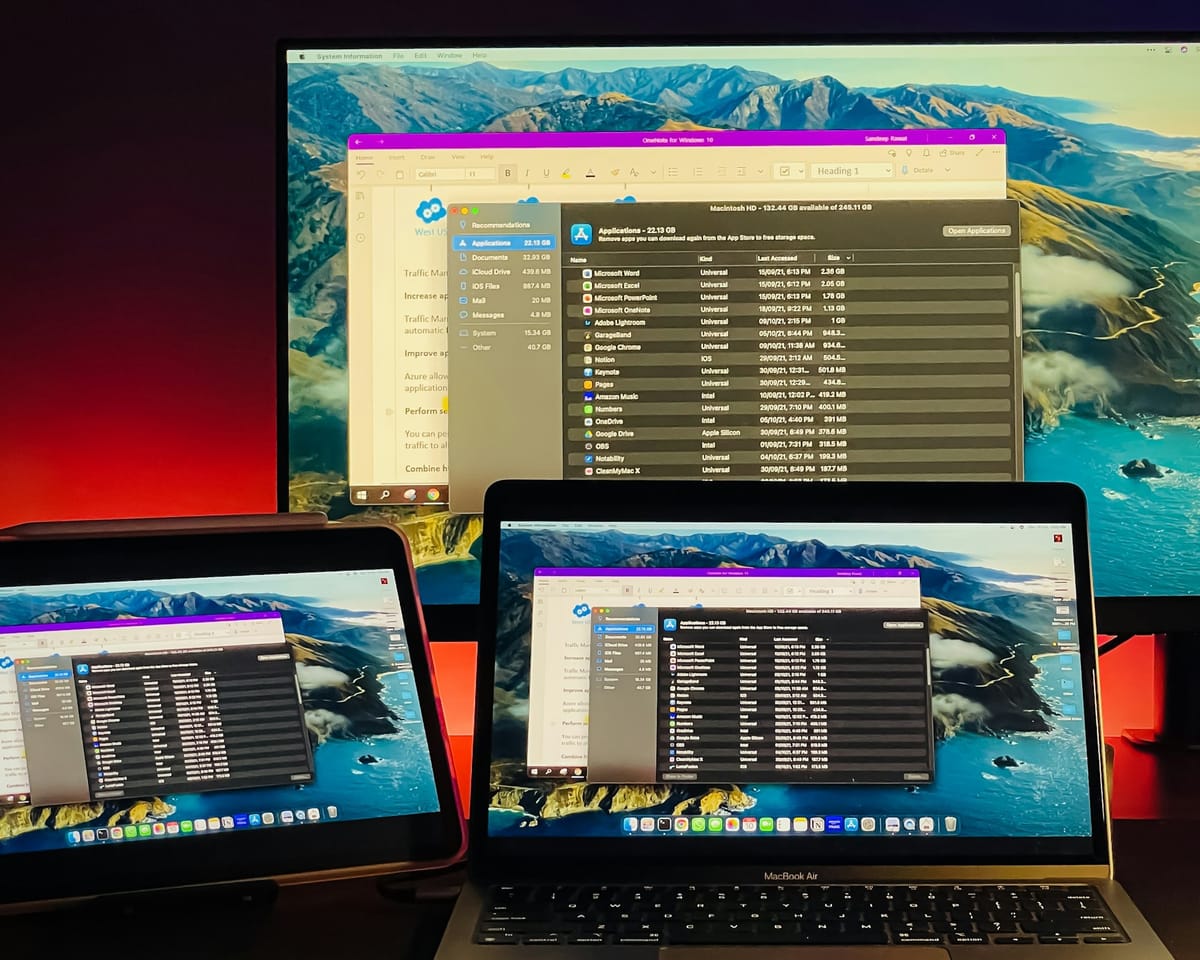Can Your Security Stack See ChatGPT? A Thought-Provoking Read for Saturday, 30th August 2025.
Peek-a-boo.

Unmasking ChatGPT: The Rise of Network Awareness
In a world where AI wears an invisibility cloak, the security wizards are scrambling for their spectacles.
What You Need to Know
Generative AI technologies like ChatGPT are transforming the cyber landscape, raising critical questions about network visibility and security protocols. As these platforms become deeply integrated into operations, it is imperative for boards and executive management to understand their potential security risks and ensure adequate measures are implemented. You are expected to review the current cybersecurity strategy, focusing on network visibility, and consider enhancements to accommodate AI-driven threats.
CISO Focus: Network Security and AI Integration
Sentiment: Strong Positive
Time to Impact: Short (3-18 months)
In the era of rapidly evolving technology, artificial intelligence has emerged as a double-edged sword. Particularly, generative AI platforms such as ChatGPT are not only revolutionizing business operations but also subtly influencing security postures. As these platforms infiltrate deeper into our networks, their ability to bypass traditional detection methods poses a potential Achilles’ heel in cybersecurity frameworks.
The AI Invisibility Dilemma
The rising integration of AI models into corporate infrastructure may often result in significant network blind spots. These AI tools, while bolstering productivity and enhancing customer interaction, can slip through undetected because many security systems aren't yet primed to recognize non-conventional AI-generated traffic. The inability to identify and manage this traffic introduces new vulnerabilities, necessitating a shift in focus towards enhancing network visibility.
Why Network Visibility Matters
-
Comprehensive Monitoring: Achieving robust network visibility is paramount. By understanding every aspect of your digital traffic, from human users to AI processes, organizations can identify unusual or unauthorized behavior early on.
-
Enhanced Threat Detection: Traditional security apparatuses need evolution. AI operates differently across data streams which necessitates advanced analytics capable of dissecting complex, machine-generated activities.
-
AI-Specific Threat Models: Security teams are encouraged to develop and refine threat models that include AI-specific scenarios. This approach anticipates potential risks associated with AI-driven deception or data manipulation.
Action-Oriented Strategies
- Invest in tools that offer deep packet inspection, anomaly detection, and AI-enabled threat intelligence.
- Implement AI auditing processes to monitor how generative models interact with data.
- Enhance employee training on AI-related risks, emphasizing network hygiene and vigilance.
Network Security: The Road Ahead
Security paradigms must evolve alongside technological advancements. Organizations are urged to adopt a proactive, rather than reactive, approach towards AI integration. By incorporating generative AI into threat assessments and regularly updating vulnerability management processes, businesses can shield themselves against an otherwise invisible threat.
-
Continuous Learning: Cybersecurity frameworks should include continuous learning protocols. As AI technologies evolve, so should the strategies to manage them.
-
Cross-Functional Collaboration: Partnering closely with vendors and implementing shared intelligence forums can pave the way for more resilient security solutions.
-
Regulatory Compliance and Ethics: Staying ahead of regulations surrounding AI use and data protection can safeguard against potential legal pitfalls.
Final Plots
As we hurtle towards an AI-centric future, maintaining an agile security posture becomes essential. The onus lies on organizations to anticipate and adapt to the catalytic shifts introduced by these technologies and, crucially, to ensure that 'seeing' remains synonymous with 'securing'.
Vendor Diligence Questions
- How does the solution ensure visibility over both human and AI-generated network activities?
- What measures are in place to detect and mitigate AI-specific threats?
- How frequently is the solution updated to address the latest AI-driven attack patterns?
Action Plan
- Review and Audit: Conduct a comprehensive audit of current network security tools to assess their capability to detect AI-generated traffic.
- Implement Visibility Tools: Deploy advanced network monitoring tools that include AI detection mechanisms.
- Staff Training: Initiate comprehensive training programs focused on recognizing AI-related security threats and enhancing overall cyber hygiene.
Source: Can Your Security Stack See ChatGPT? Why Network Visibility Matters
The Hacker News
CISO Intelligence is lovingly curated from open source intelligence newsfeeds and is aimed at helping cybersecurity professionals be better, no matter what their stage in their career.
We’re a small startup, and your subscription and recommendation to others is really important to us.
Thank you so much for your support.
CISO Intelligence by Jonathan Care is licensed under Creative Commons Attribution-NonCommercial-NoDerivatives 4.0 International
